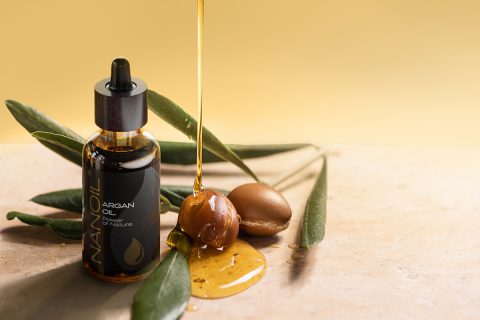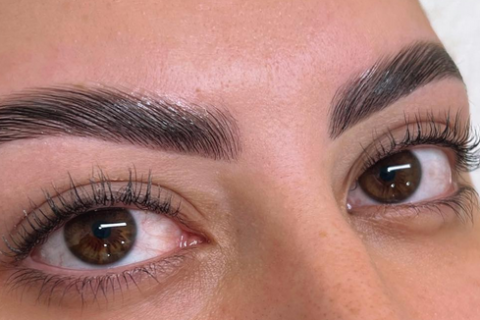Hey, girls!
Summer is the season when we uncover our shoulders, legs and back. We sunbathe on the beach and wear sandals. If you desire to expose the skin and uncover it after the winter, a suitable skin care routine is a must. The heels need a lot of care and attention; they become dry and rough, the skin gets calloused and cracked. That is why a good pumice stone is worth having. How to use it the right way?
Is pumice the habitat of bacteria and fungi?
Is there a place free from these nasties?! Pumice gives ideal conditions for their development: humidity, volcanic stone, lots of holes and channels. Just think: you transfer germs from the pumice to your skin. In extreme cases, this may lead to irritation and serious dermatological diseases. To avoid such unpleasant situations, remember to dry off and disinfect the pumice stone after every use. Dermatologists advise against using such gadgets for removing calloused skin. They recommend electric or two-sided files.
How to use and cleanse the pumice stone?
Do not share your pumice stone with anyone. It must be your private gadget. If several people use one pumice, the risk of fungus or other dermatological conditions automatically increases.
Soak your feet in water before removing the rough epidermis. In this way, you will make the whole treatment nicer and shorter; the effects will be better. After exfoliating the skin, remember to thoroughly wash and dry off the stone. Use warm water, a brush and soap to scrub it and remove the leftovers of the epidermis. Next, dry it off in the sun; avoid the source of humidity and forget about putting it on the sink. Disinfect the pumice with a special product every now and then. Replace it with a new one every three months.
How often should you use the pumice stone?
Once a week is enough. Thanks to the exfoliation, you will remove callus and dead skin cells. Remember not to use too energetic movements that could lead to irritation or disturbed epidermis repair. If you suffer from diabetes or circulatory insufficiency, too intensive or too often use of the pumice can cause serious complications.






Leave a Reply